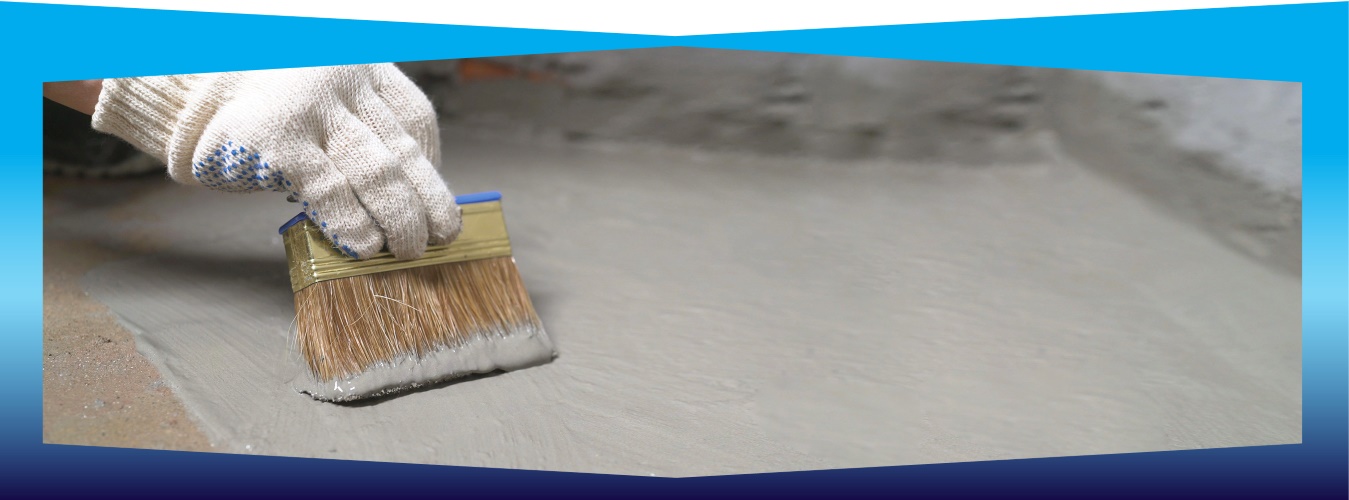
Waterproofing Materials
Waterproofing
Waterproofing is a process used to keep water out of structures to safeguard reinforcement. It’s essential while constructing a building and maintaining structures, since water can cause significant damage if it infiltrates inside the structure. It involves the process of creating a protective barrier on the surfaces of foundations, roofs, walls, and other structural components so as to render building surfaces resistant to water and impermeable to moisture. Waterproofing also enhances durability, helps reduce energy costs, and improves indoor air quality.
Waterproofing Solutions
Waterproofing is essential for protecting structures from water infiltration, enhancing durability, and preventing costly damage over time.
Key Benefits:
- Protection: Shields structures from water damage, safeguarding their integrity.
- Durability: Extends the life of buildings by preventing water-related wear.
- Energy Efficiency: Reduces heat loss and improves insulation.
- Health: Prevents mold and mildew growth, ensuring healthier indoor air.
Types of Waterproofing:
- Cementitious: Best for internal wet areas like bathrooms.
- Liquid Membrane: Suitable for roofs and exposed areas.
- Bituminous Coating Membrane: Ideal for foundations and low-slope roofs.
- Polyurethane Membrane: Perfect for flat roofs and exposed surfaces.
Application Process:
- Surface preparation and crack repair.
- Primer application for better adhesion.
- Uniform waterproofing layer application.
- Proper curing for effectiveness
